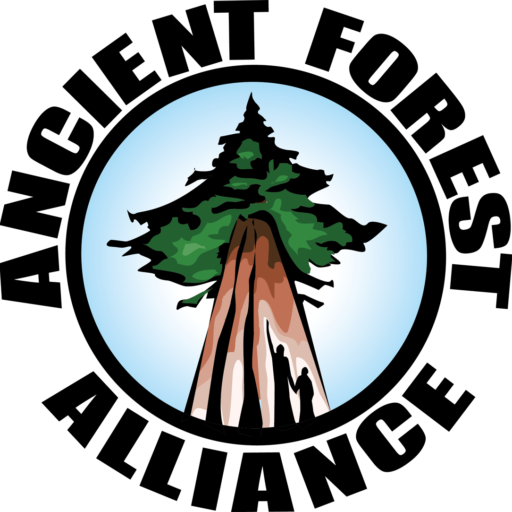This is a big deal: The Vancouver Sun editorial board is calling on the BC Liberal government to show some actual leadership and chart a new course of policies regarding the fate of our old-growth forests as conflicts escalate in places like the Sunshine Coast and Vancouver Island! While we don't agree with all of the sentiments they've expressed, the main fact that BC's largest newspaper recognizes that the status quo of old-growth liquidation is ramping up conflict and uncertainty in the forest industry and requires government leadership in the lead-up to a provincial election next May puts big pressure on the BC Liberal government to change course.
They write:
"There is a legitimate discussion to be had about the value of old-growth forests, about whether what remains on the South Coast and Vancouver Island is sufficiently protected, about the extent to which the remaining inventory should be protected, and about resource jobs and the rights of companies to do legal business. Surely, however, there is also a clear role for the provincial government, which has duties of both environmental stewardship and resource management, to serve as an intermediary in such conflicts by providing clear, science-based, arm’s-length evidence as the foundation for an even-handed conversation and to help the two groups whose interests it represents to find common ground. More leadership and less lethargy from Victoria, please."
